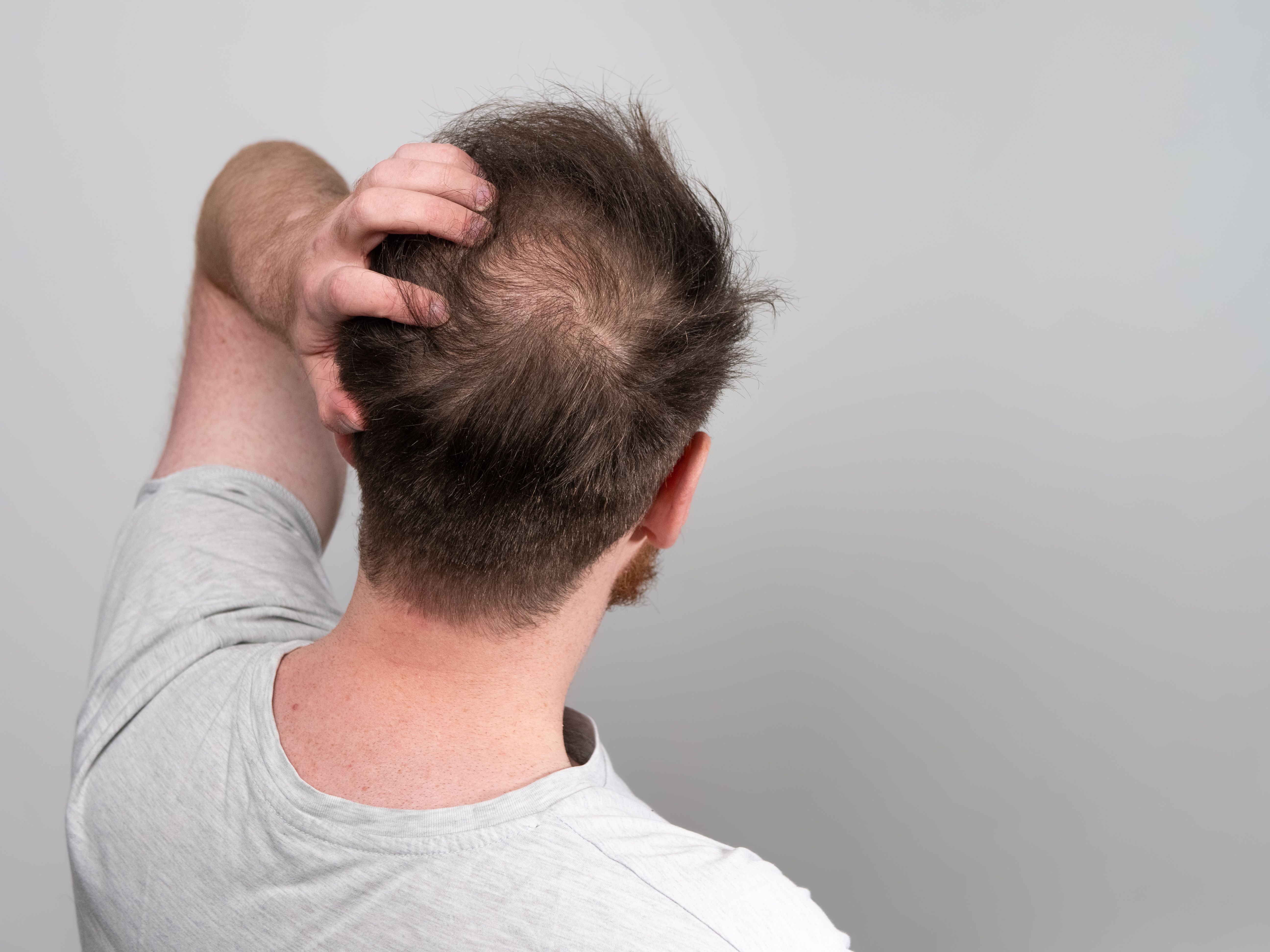- General Dermatology
- Eczema
- Alopecia
- Aesthetics
- Vitiligo
- COVID-19
- Actinic Keratosis
- Precision Medicine and Biologics
- Rare Disease
- Wound Care
- Rosacea
- Psoriasis
- Psoriatic Arthritis
- Atopic Dermatitis
- Melasma
- NP and PA
- Skin Cancer
- Hidradenitis Suppurativa
- Drug Watch
- Pigmentary Disorders
- Acne
- Pediatric Dermatology
- Practice Management
Smoking Cigarettes Associated With Higher Odds of Disease Progression in Male Pattern Hair Loss
This is the first known meta-analysis to review the association between extent of smoking androgenetic alopecia.
In the first known meta-analysis to explore the associations between the extent of smoking nicotine-containing tobacco products and androgenetic alopecia (AGA), or male pattern hair loss, researchers found that the odds of developing AGA are significantly higher in men who smoke at higher frequencies compared to men who do not smoke.
Citing the risk factor of smoking and the high numbers of individuals who partake in smoking, researchers Gupta et al sought to explore and qualitatively evaluate the existing evidence on this subject.
Researchers used PubMed to search relevant, key terms such as "hair loss," "alopecia," "tobacco," and "nicotine," among others. Data was extracted following a deduplication process and screening of abstracts.
In total, 8 studies were identified wherein studies published in English and involving an analysis of smoking status, intensity, and AGA were included in the review.
Pooled data from 6 studies revealed a significant association between ever smoking and the development of male AGA.
In 2 studies, researchers examined data regarding smoking intensity and male pattern baldness risk; the analysis focused on the effect of smoking intensity. Results demonstrated that smoking up to 10 cigarettes daily, in comparison to smoking at least 10 cigarettes per day, is associated with a higher likelihood of developing male pattern baldness.
In 4 studies, the analysis explored the impact of ever smoking on progressing from milder (Stages I–III) to more severe (Stages IV–VII) male pattern baldness. The results indicated a significant association, with the odds of progression being 1.27 times higher for individuals who had ever smoked.
Contrastingly, the analysis of smoking intensity (up to 20 cigarettes/day versus at least 20 cigarettes/day) using data from 2 studies showed no significant association with the worsening of AGA in men.
According to study authors, limitations included the primarily observational nature of the studies analyzed and the inability to establish temporality due to cross-sectional and case–control designs. Additionally, the exact nicotine levels in cigarettes could not be ascertained.
"Our patients with male pattern baldness need to be educated about the negative effects of smoking, given the fact that this condition can have a profound negative psychological impact on those who suffer from it," according to study authors. "Furthermore, there is only a limited number of nonsurgical treatments available to address male-pattern AGA, and some of these treatments may have possible adverse effects that could negatively affect patient compliance."
Reference
Gupta AK, Bamimore MA, Talukder Mesbah. A meta-analysis study on the association between smoking and male pattern hair loss. J Cosmet Dermatol. Published January 4, 2024. Accessed January 11, 2024. https://doi.org/10.1111/jocd.16132

